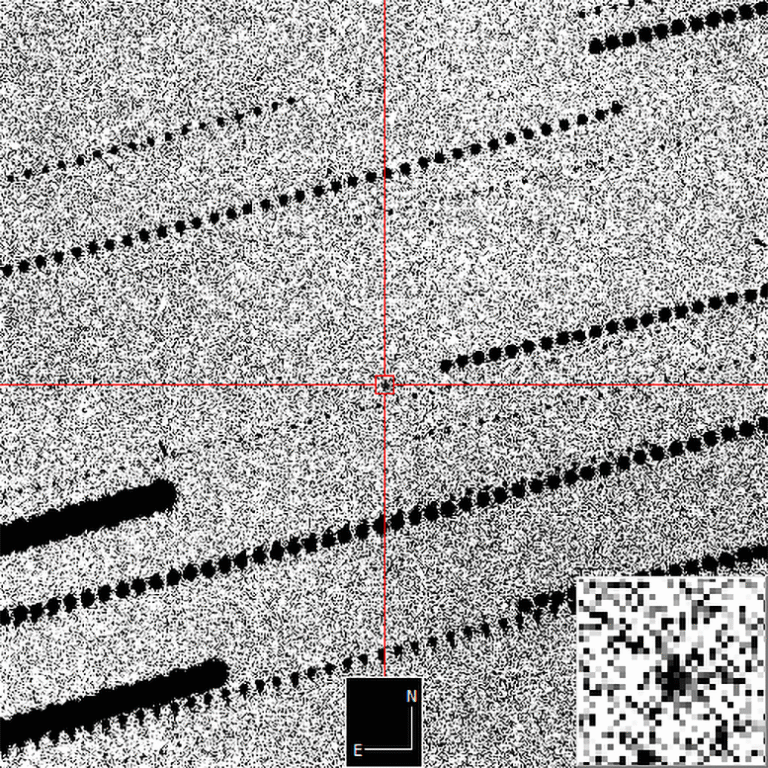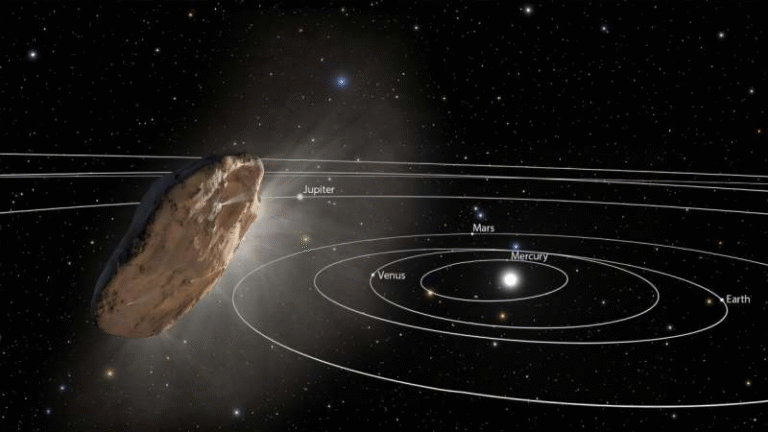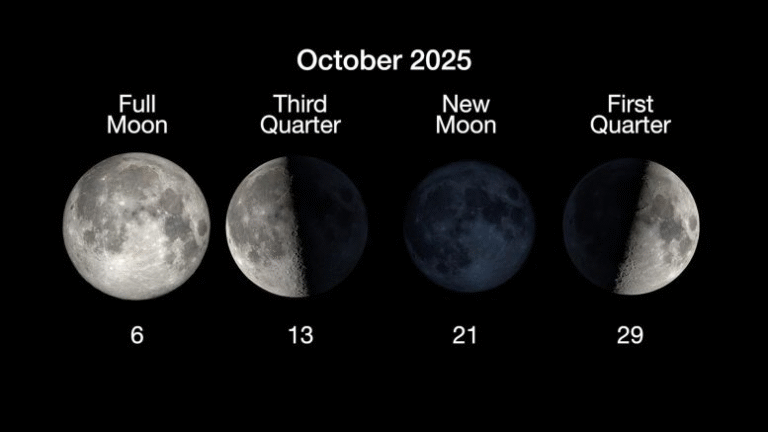Perseverance Rover Captures Visible Green Auroras on Mars for the Second Time
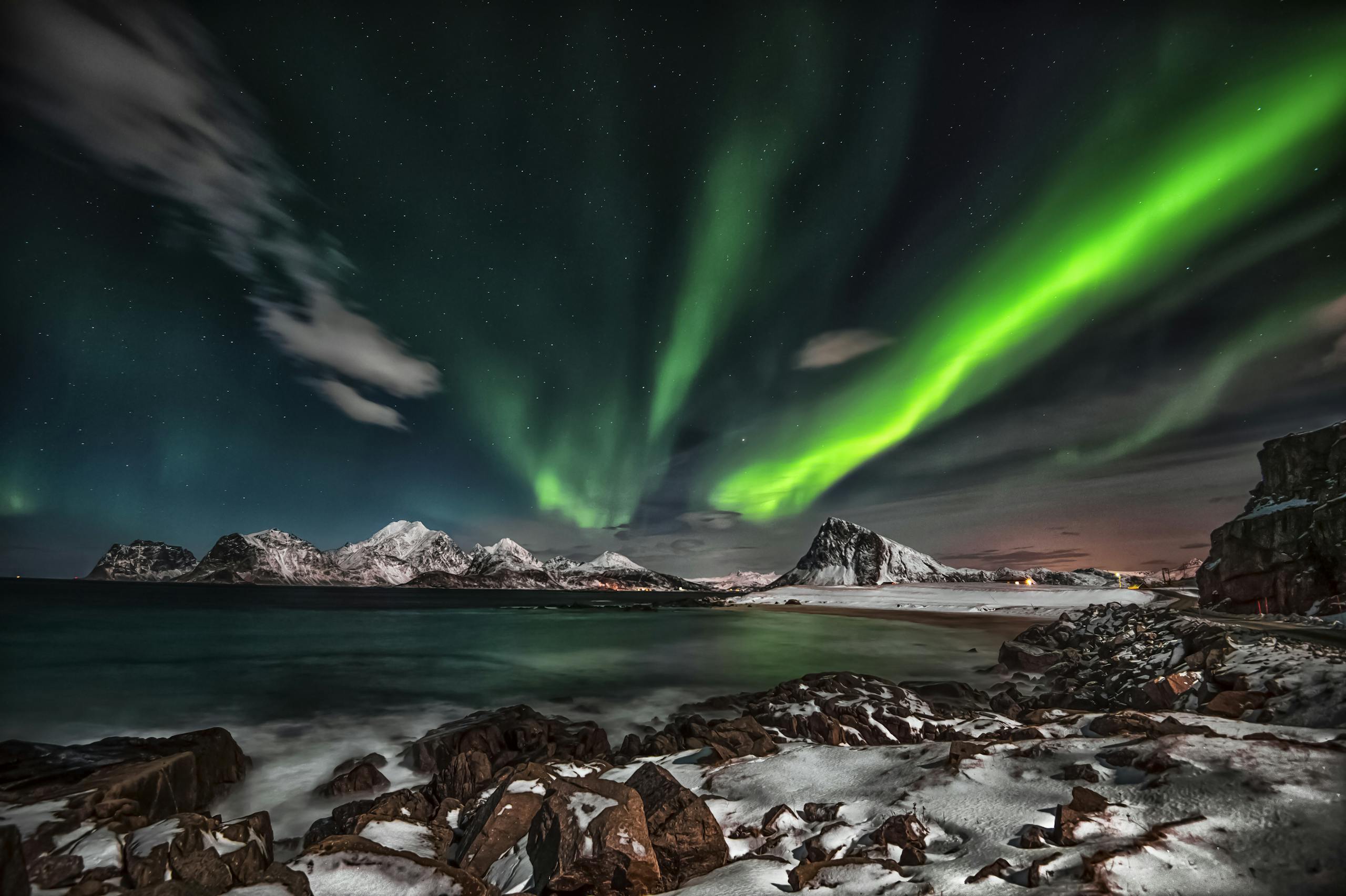
NASA’s Perseverance rover has once again delivered something extraordinary from the Martian surface: a second confirmed detection of green auroras visible in natural light.
This is not only a scientific milestone but also an important step toward predicting space weather events on Mars—crucial knowledge if humans are to one day live safely on the Red Planet.
This achievement was presented at the Europlanet Science Congress–Division of Planetary Science (EPSC–DPS) meeting in Helsinki, where planetary scientist Elise Wright Knutsen and her team shared results showing that auroras on Mars can now be forecasted, at least to some degree.
What Exactly Was Detected?
Auroras occur when bursts of energetic solar particles collide with a planet’s atmosphere. On Earth, our magnetic field directs those particles toward the poles, giving us the famous northern and southern lights.
But Mars has no global magnetic field, which means auroras there don’t cluster near the poles. Instead, they spread out across much of the night side of the planet, creating what scientists call a diffuse aurora.
On Mars, the glow comes from oxygen atoms high in the atmosphere. When struck by charged solar particles, these atoms emit light at a very specific wavelength—557.7 nanometers—which appears as green. That’s the same emission line responsible for the green color in many of Earth’s auroras.
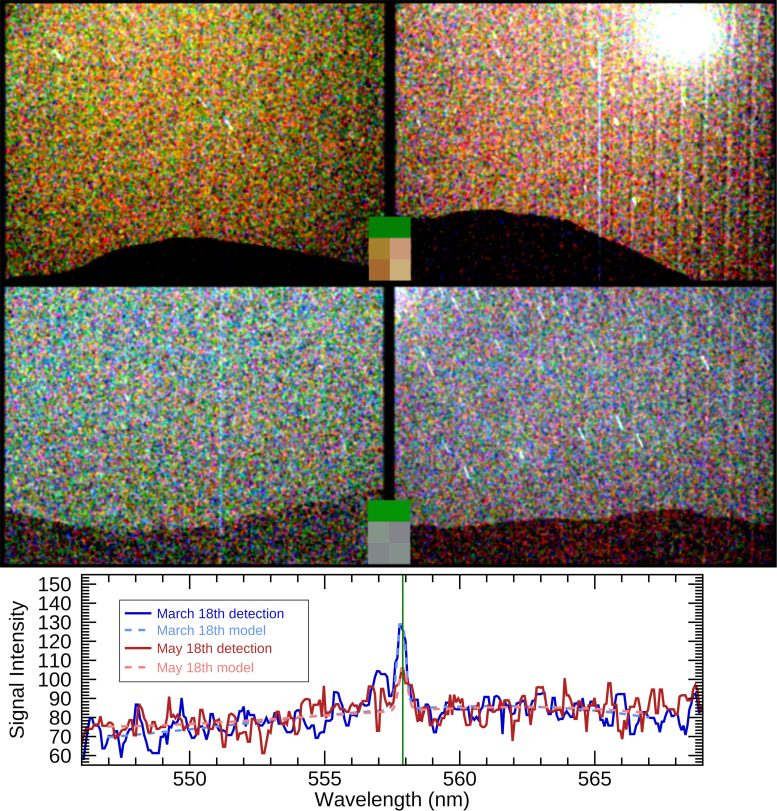
The Perseverance rover recorded these auroras using its Mastcam-Z cameras and the SuperCam spectrometer.
This marks the first time that visible-light auroras have been captured directly from the surface of another planet.
The Timeline of Detections
The rover has now captured two such auroras:
- March 18, 2024: The first detection, a particularly bright event, with a strong green glow visible in images and spectra. Conditions were favorable because Mars’s largest moon, Phobos, was in the sky, making the overall background illumination brighter. The March aurora turned out to be about twice as intense as the later one.
- May 18, 2024: The second detection, weaker than the first, occurred under much dustier atmospheric conditions. The increased dust made fewer stars visible in the images and reduced the contrast of the auroral glow.
Knutsen’s team compared nights with aurora to nights without, under similar lighting conditions. Their analysis confirmed that the glow observed corresponded exactly to the green auroral oxygen emission line at 557.7 nm.
How the Campaign Worked
Between May 2023 and August 2024, the researchers attempted eight aurora observations using Perseverance. Here’s how it unfolded:
- The first three attempts were unsuccessful. At the time, it wasn’t clear why. Later analysis using data from NASA’s MAVEN orbiter and ESA’s Mars Express showed that the solar storms hitting Mars during those attempts had likely been too weak—specifically, the coronal mass ejections (CMEs) were not fast enough to create strong disturbances in Mars’s solar wind environment.
- By refining their strategy, the team began targeting faster, more intense CMEs, which are more likely to accelerate particles toward Mars. That’s when they succeeded in capturing the March and May auroras.
- However, the final three attempts also yielded no detections, even though the CMEs seemed strong enough on paper. This suggests that there is still an element of randomness in when auroras appear on Mars—just as aurora forecasting on Earth is not exact.
One major complication is the rover’s planning cycle. Once a CME is detected heading toward Mars, rover observations must be scheduled and uploaded three days in advance. Solar storms can evolve in unexpected ways during that travel time, making predictions tricky.
Why This Matters
A New Window into Mars’s Atmosphere
Visible auroras on Mars add an entirely new dataset to complement the ultraviolet auroras previously seen from orbit by MAVEN and Mars Express. The ability to capture auroras in natural light from the surface allows scientists to directly compare models with real data.
These detections help researchers understand how charged particles interact with Mars’s patchy magnetic fields and thin atmosphere, which is very different from Earth’s situation. Each observation sharpens our models of how space weather impacts unprotected planets.
Safety for Future Astronauts
Auroras are more than just beautiful light shows. The same radiation that causes them could be dangerous to astronauts on Mars. Unlike on Earth, where the magnetic field shields most radiation, humans on Mars would be more exposed. If a powerful solar storm were to hit the planet without warning, astronauts could be at risk.
That’s why developing a method to predict aurorae—and the solar storms that cause them—is vital. By recognizing patterns in solar wind disturbances and CME speeds, scientists can give future crews advance warning to take shelter.
Advancing Space Weather Science
Auroral forecasting on Mars is an extension of space weather science. It shows how solar activity affects a world without strong magnetic protection. This research may also provide insights into how other planets—such as Venus, which also lacks a strong global magnetic field—respond to solar storms.
The Science Behind Martian Auroras
Auroras on Earth and Mars share the same basic principle:
- Solar storms eject CMEs filled with charged particles.
- These particles collide with atmospheric gases.
- The gases emit light as a result.
But here’s the difference:
- On Earth, the magnetic field funnels particles toward the poles, giving us concentrated auroral ovals.
- On Mars, with no global magnetic field, particles can bombard the atmosphere across the entire nightside. The result is a diffuse glow, not limited to polar regions.
Localized crustal magnetic fields on Mars can sometimes shape these auroras, but overall, the effect is far less organized than on Earth.
Challenges in Prediction
Despite progress, predicting auroras on Mars is still difficult:
- Not every fast CME produces an aurora. Even strong storms sometimes fail to trigger visible emissions.
- Dust in the atmosphere makes observations tricky. A dusty sky reduces visibility of both stars and auroral glows.
- Observation timing is rigid. Because Perseverance’s observation schedules must be pre-planned, the team cannot react dynamically to changing storm conditions.
Like on Earth, there’s still a statistical element of luck in catching auroras. Scientists hope that with more data, their models will improve.
Why Visible-Light Auroras Are Special
Most past detections of Martian auroras came in the ultraviolet spectrum, invisible to the human eye. The new detections at 557.7 nm are important because:
- They show what human explorers might actually see when looking at the Martian sky during a strong solar storm.
- They provide a direct comparison to Earth’s auroras, which often glow green due to the same oxygen emission.
- They confirm that surface-based instruments like Mastcam-Z and SuperCam can effectively contribute to auroral science.
Additional Information: Space Weather and Mars
What is a CME?
A coronal mass ejection is a massive burst of plasma and magnetic field released from the Sun. CMEs travel through space and, if they collide with a planet, they can disrupt its magnetic environment and trigger auroras.
Mars’s Magnetic Environment
Mars does not have a single global magnetic field like Earth. Instead, it has localized magnetic fields embedded in the crust, remnants of an ancient planetary dynamo. These fields sometimes influence auroras, but they can’t provide large-scale shielding.
Why This Matters for Colonization
If humans are to settle on Mars, radiation exposure is one of the biggest health challenges. Auroras serve as a visible warning system of heightened radiation activity. Forecasting these events will be essential to designing safe habitats and planning missions.
What’s Next
Scientists will continue to target fast CMEs for observation, refining their models as more data comes in. Combining Perseverance’s surface data with orbital observations from MAVEN and Mars Express will give a fuller picture of how auroras behave on Mars.
The long-term goal is not only to understand these events scientifically, but also to develop practical forecasting tools. Just as Earth has space weather prediction centers, future Mars missions may have to rely on similar systems to protect astronauts and equipment.
Conclusion
The Perseverance rover’s detections of green auroras in visible light are a breakthrough for Martian science. They confirm that auroras can be seen from the surface, they show that prediction methods are improving, and they underscore the importance of space weather forecasting for future human missions.
There’s still much to learn. Why do some CMEs produce auroras while others don’t? How do dust levels and local magnetic fields affect visibility? As scientists work toward answers, each new detection adds to our understanding of both Mars and the broader science of planetary auroras.
Reference:
Knutsen, E. W., McConnochie, T. H., Lemmon, M., Viet, S., Cousin, A., Wiens, R. C., & Bell, J. F. (2025). Green-line aurora detection attempts from the surface of Mars. EPSC Abstracts. DOI: 10.5194/epsc-dps2025-1314

